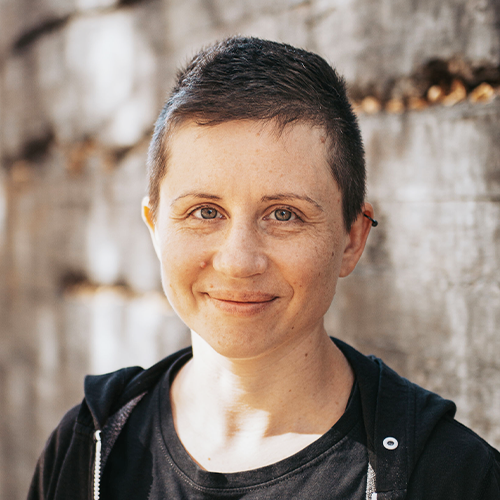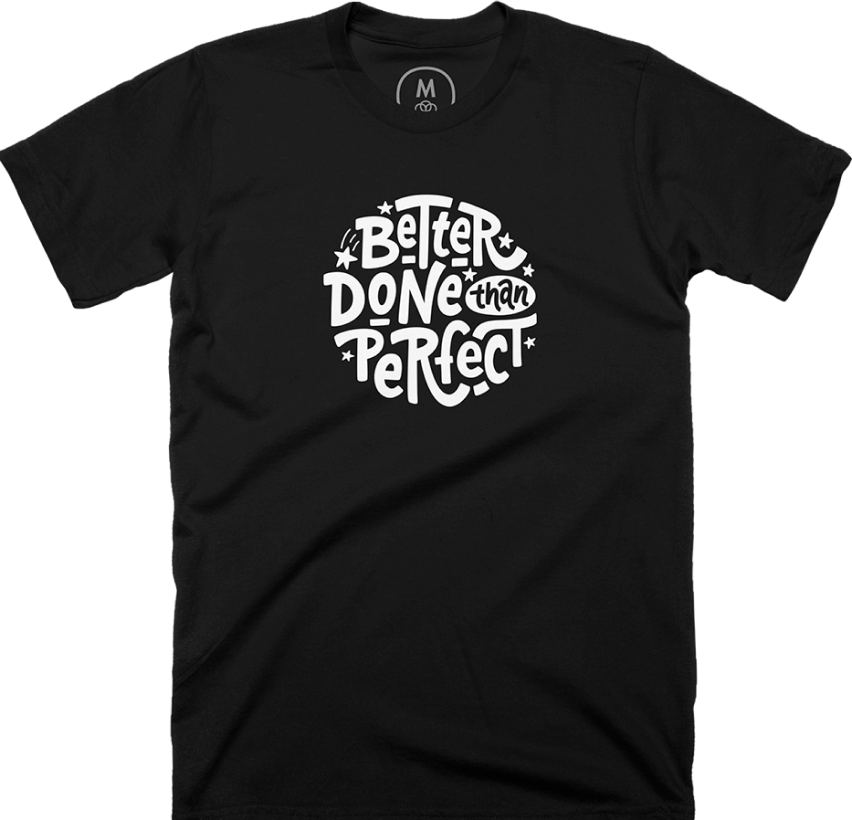Conversion copywriter and strategist Ekaterina Howard has a degree in management science but chose a career in a different field. Words, people, and the way they interact have always been more interesting — so she has stuck with conversion copywriting:
“I work with B2B SaaS startup founders and growth marketers to help them get more traction with research-driven conversion copy without slowing down their growth initiatives.”
Some results might look like a triple average industry conversion rate for a landing page. Ekaterina doesn’t often find herself explaining what she offers to founders. Those that don’t appreciate the importance of copy wouldn’t make good customers to begin with.
Copywriting crimes
Jane asks about the biggest “crimes” that Ekaterina sees in the copywriting space. For one, she sees that many companies in the same vertical rely on the same messaging:
“There’s this fine balance between meeting visitors’ expectations of layout, design, and what they find on the website and sounding like everybody else because you never quite nailed your brand voice and never quite nailed the voice of the customer.”
The solution? Be cognizant of what your competitors are saying and avoid the tendency to copy it. Further, establishing brand guidelines and running a sanity check to gauge if you and your customers both see your brand in similar ways:
“Sometimes there’s this huge discrepancy between how you think of your brand and how your customers describe your brand and it’s better if you catch this before you ever write your copy to stand out and then realize it’s hurting your conversions.”
Project workflow
When she takes on a copy project, a typical workflow for Ekaterina is broken into three phases: research, writing, and validation.
It varies depending on the goals of the startup and how much research they’ve already completed, but it often starts in Google Analytics to identify and fix anything obviously broken. Then comes the barrage of questions that guide the research:
“Why is it not working? What’s going on? Why is the clickthrough rate so low? Is it the message? Is it the wording? Is it the targeting? Who are the customers? What are they looking for? Are they finding it?”
Writing better copy starts with asking the right questions to form better hypotheses. Occasionally, her clients are looking for help across entire sites, but usually, they just need help in a few key areas:
“The folks I work with notice that something is not quite right on an important page. Then they hire me to optimize it and make it work better.”
Avoiding a copy bottleneck
Jane asks how to avoid scenarios where poor or lacking copy might be a bottleneck to other growth activities — running ad campaigns, for example. Ekaterina says the best thing to do is to lay out a messaging guide in advance of growth activities:
“If you first have an understanding of the jobs that your customers want to get done, and second understand when they’re looking for a solution, what they’re looking for, and what attracts them to your startup, then that’s already a good start. You can start managing your campaigns based on that one document.”
For Ekaterina, this document is typically a spreadsheet based on personal preference and will house customer motivations, pain points, and objections that arise in customer interviews.
Research and review mining
Part of the research that Ekaterina engages in she calls review mining:
“It’s basically reading reviews of your product and competitor’s products to find phrases that are more likely to resonate with your prospects and ideas for your messaging.”
The idea is not to copy your competitors but to learn more about your customers and what might be motivating them to either gravitate toward your product or someone else’s. Using Jennifer Havice’s methodology and a lot of copying and pasting, she ends up with a worthwhile collection of data in her document.
Beyond review mining, Ekaterina will interview customers directly as well. Her clients typically prefer that she do this, if nothing else because it’s a time-consuming process. There are other practical reasons as well — it’s hard to remove your biases when you interview your own customers:
“It’s easier for everyone and more effective if somebody else who is not part of the company is doing the interviews and does not ask leading questions or hope for a validation when the actual goal is to find out more about what customers think and do.”
Deliverables, ads, and “pillar” content that actually converts
When delivering her work, as a general rule, Ekaterina gives clients wireframes as opposed to simply providing copy to fit into their sites. Providing the wireframes allows for better manipulation than screenshots and allows her to suggest some structure to pages as well.
When it comes to ads, one of the mistakes she sees is a lack of planning to refine a clear funnel. Ads should have a clear hook, message, and land on an appropriate page. In the mistakes she also sees that:
“The pages are short. I think it’s more of a Mom Test bias because, especially if you’re working on your own copy, you know the product is awesome. You know that people need it in their lives. So you don’t feel like you need extra bullet points to explain why. But this is not the mindset of the landing page visitors.”
These longer, informative pages — pillar content — is a great way to produce content that increases conversion. A tip that Ekaterina offers on producing these pieces in particular:
“Be very clear on the stage of awareness and the problem you’re solving with that particular piece of content.”
Final advice
Do train yourself in collecting the voice of customer.
“What I see a lot is this general copy that does not speak to the audience because it’s marketing fluff/generalization.”
Don’t create your messaging based on your guesstimates or your gut feeling.
“There are so many ways to go wrong here, just because you are human and have inherent biases, that it’s definitely not worth the time you spent if all you have is just guesses.”
Thanks for listening! If you found the episode useful, please spread the word on Twitter mentioning @userlist, or leave us a review on iTunes.


